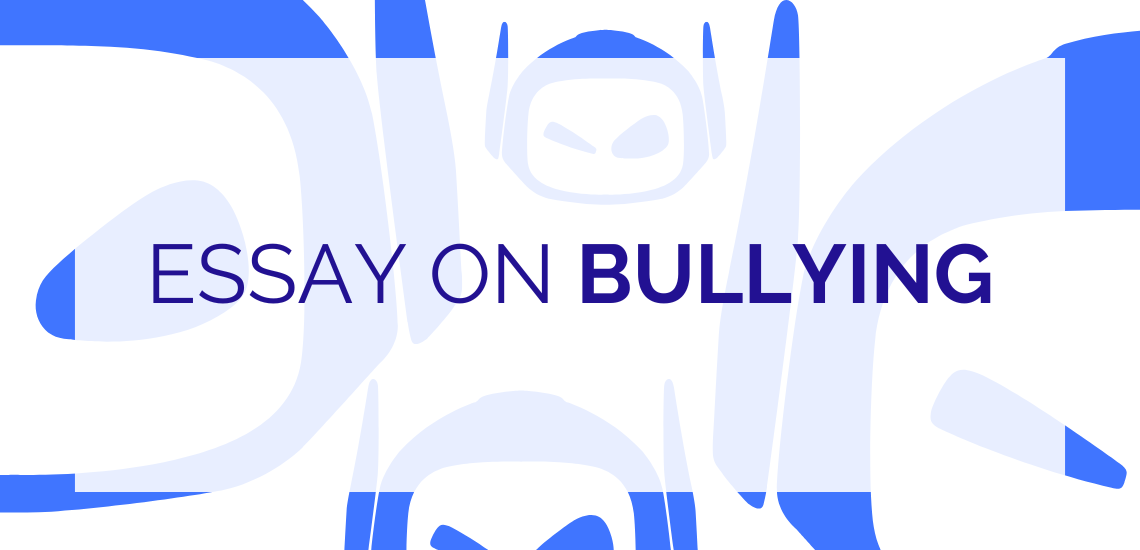
General Guide About Content and Writing
Are you writing an essay on bullying and need help...

Students attending tech-based courses must understand how to write the...
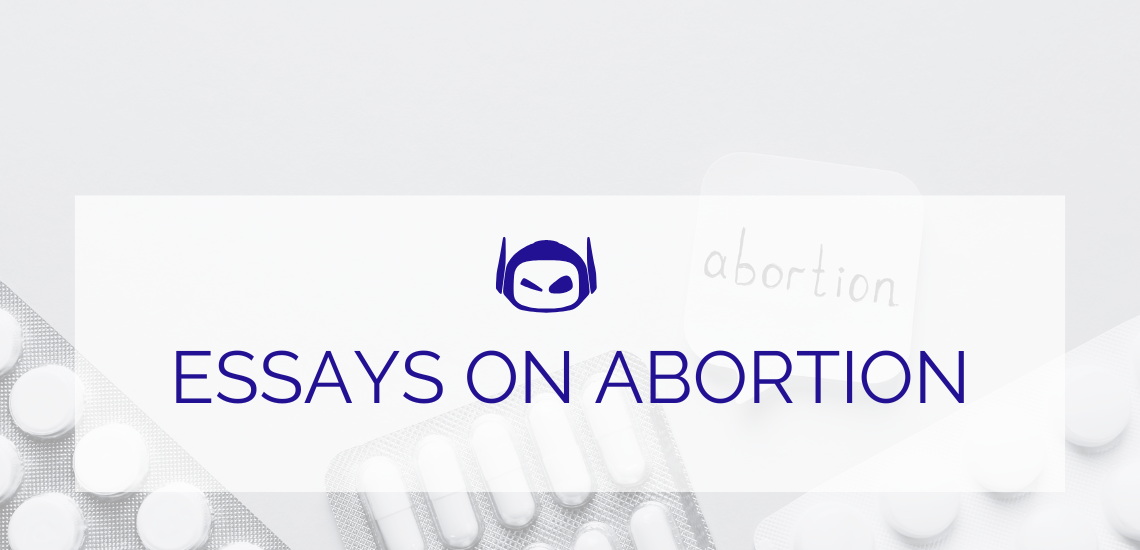
General Guide About Content and Writing
There are many different types of essays on abortion that...
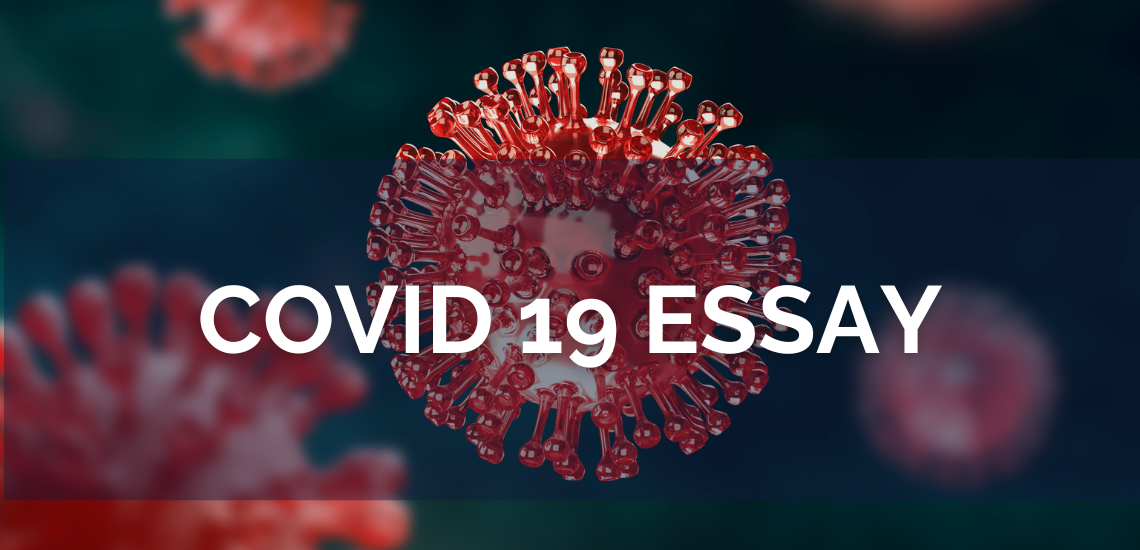
Writing a COVID-19 essay involves gathering facts and presenting them...
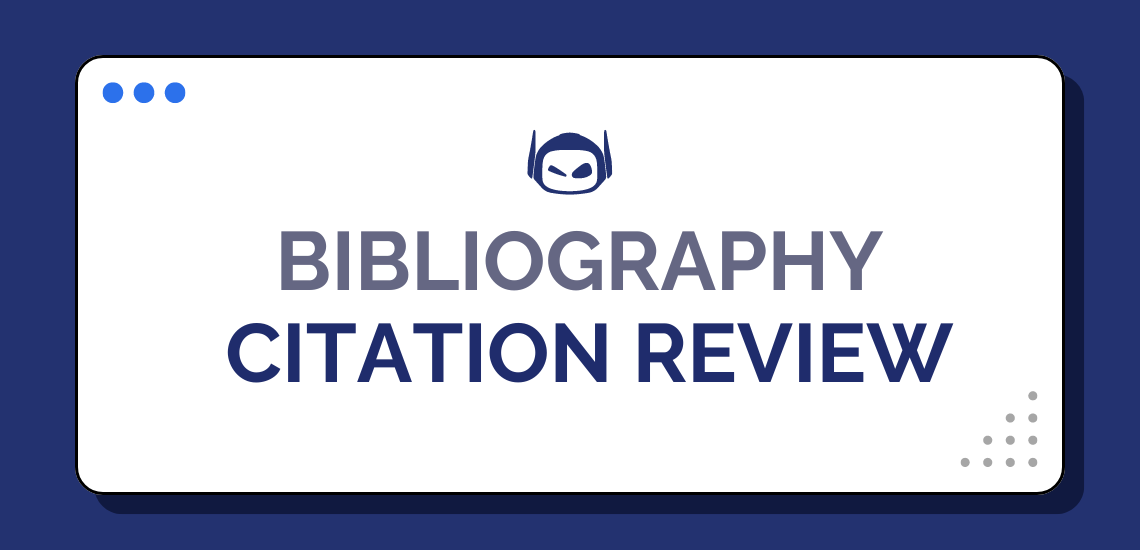
General Guide About Content and Writing
Bibliography citation review programs are also known as reference or...
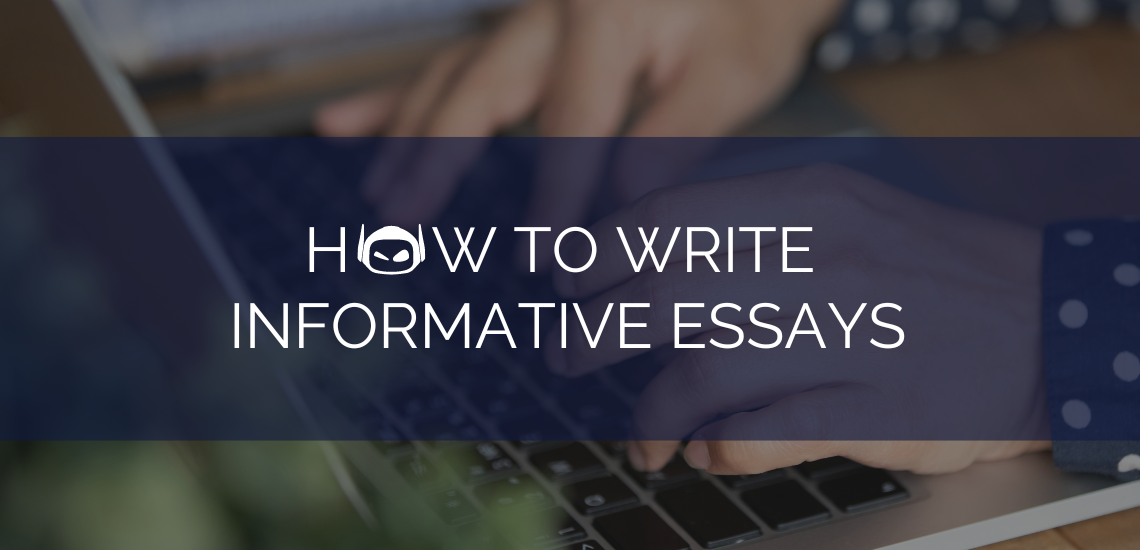
Step-by-Step Instructions for Writing, Student Guide for Writing
Do you need help getting the highest grade in your...
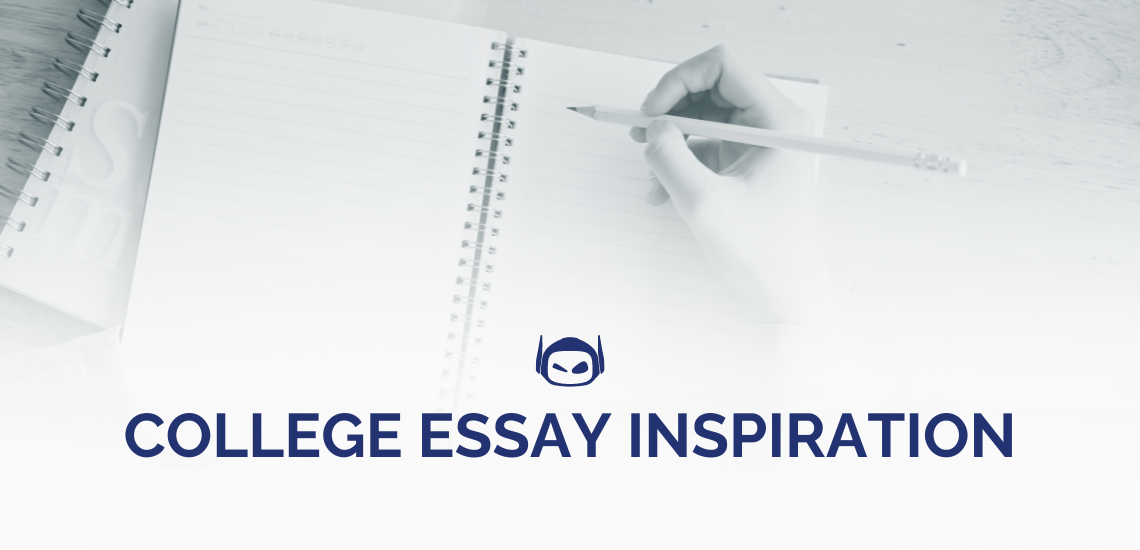
General Guide About Content and Writing
Do you need to write a compelling essay to get...

General Guide About Content and Writing
Technology and software have been a part of education for...
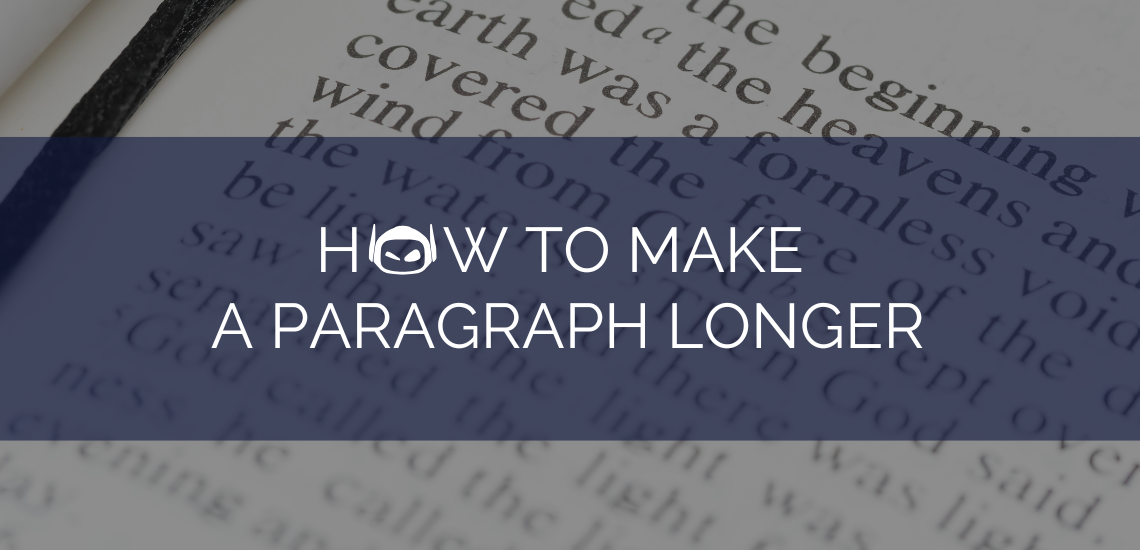
Do you need to meet the desired word count requirements...
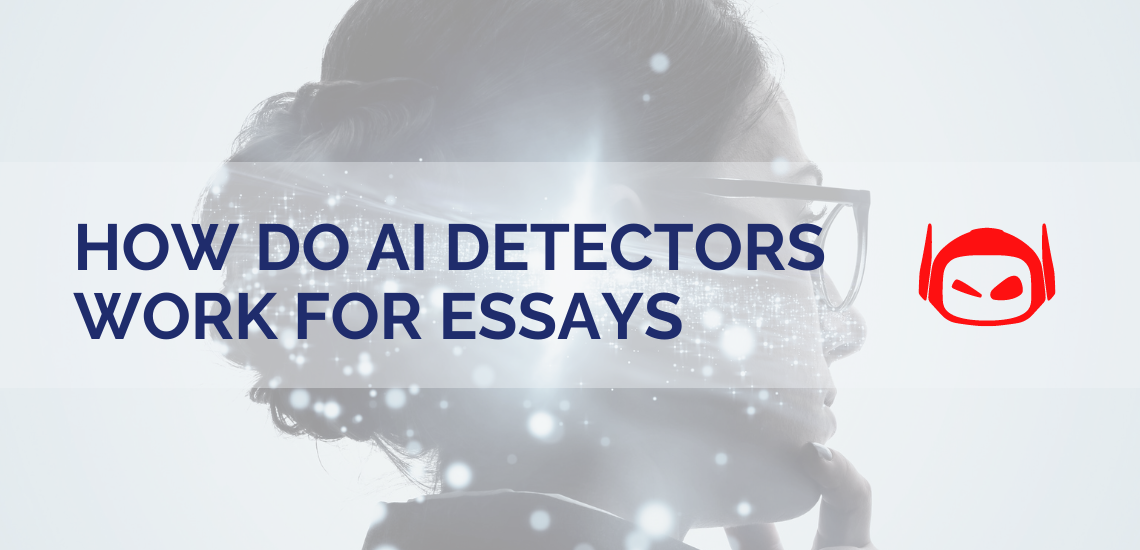
Do you want to know how do AI detectors work...